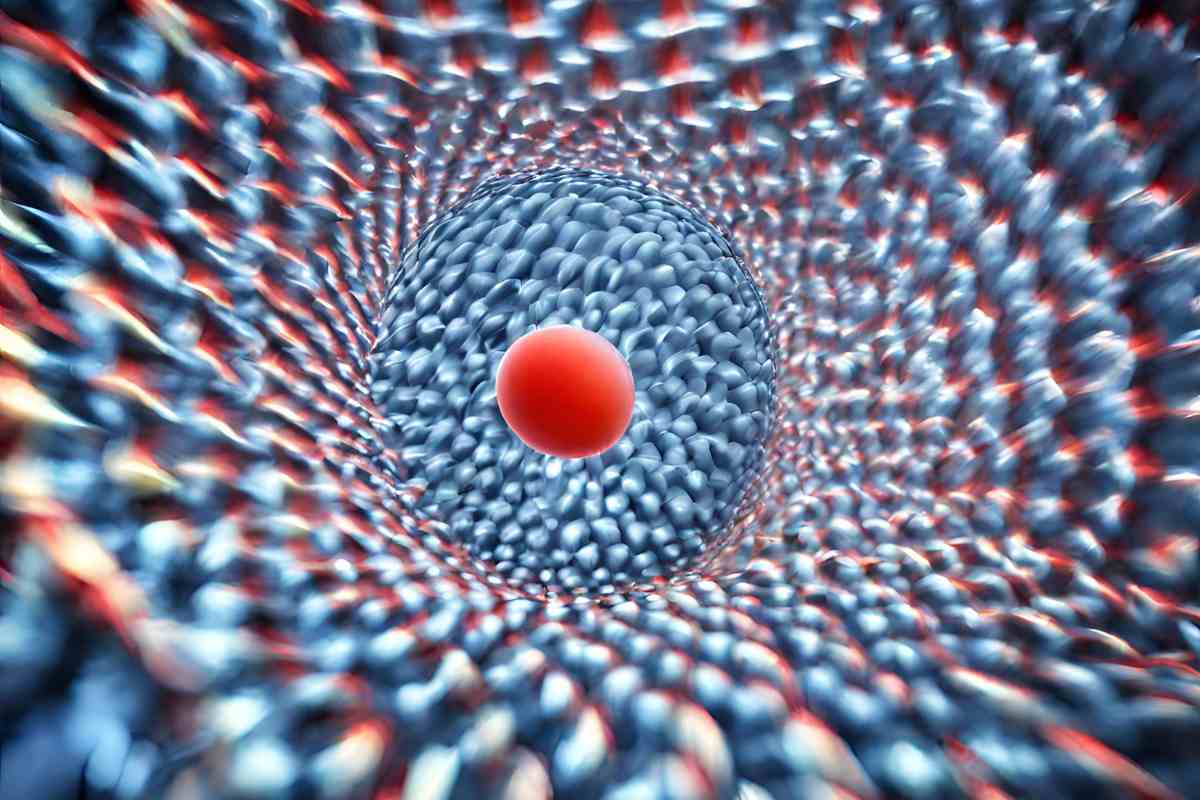We always believed that light travels the fastest and we humans could do little to reduce its speed. This is not entirely true.
Scientists have earlier shown that the speed of light can be slowed down in certain scenarios, and a recent study introduces a method that could prove to be one of the most effective techniques yet.
The breakthrough comes from researchers at Guangxi University and the Chinese Academy of Sciences in China. They suggest that their method holds promise for applications in computing and optical communication.
Ordinarily, light travels through space at a constant speed of 299,792 kilometers per second (about 186,000 miles per second). However, when electromagnetic fields obstruct its path, such as those surrounding ordinary matter, its speed starts to gradually decrease.
While most transparent materials only slightly slow down light, these alterations in speed cause light to bend as it transitions from one medium to another. Yet significant slowing requires special materials like photonic crystals or super-chilled quantum gases.
The researchers state in their published paper, “We envision that our work provides an entirely new direction for realizing ultrastrong light-matter interactions in nanophotonic chips.”
The new method builds upon electromagnetically induced transparency (EIT), which employs laser manipulation to control electrons inside gas contained in a vacuum, effectively transforming it from opaque to transparent.
Consequently, laser light can traverse through, albeit at a reduced speed. While this method interests physicists, it also results in considerable light and energy loss during transmission.
To enhance efficiency and minimize energy loss within the system, the researchers integrated principles from electromagnetically induced transparency (EIT) into their design of a novel material for light deceleration. This material takes the form of a metasurface, a synthetic, two-dimensional structure with unique properties not found in nature.
Crafted from thin layers of silicon, akin to contemporary computing chips, the metasurfaces devised by the team exhibited superior energy retention and release capabilities compared to existing alternatives.
According to the research findings, this system can decelerate light by over 10,000 times while reducing light loss by more than fivefold compared to comparable methods.
Central to this innovative approach is the arrangement of the metasurface’s smallest components, known as meta-atoms. In this instance, these components are positioned closely enough to merge, thereby influencing how light interacts as it traverses through.
The outcome of this intricate scientific endeavor is enhanced control over the propagation of light. Given light’s pivotal role in various applications ranging from broadband internet to quantum computing, the potential applications are vast.
While there are other methods to decelerate light beyond the natural slowdown observed in substances like water, the efficacy and scalability of this approach render it a promising avenue for further exploration.
The researchers note in their study, “With these findings, our study opens a new route for tailoring light flow in metasurfaces.”
The innovative method for controlling light propagation through metasurfaces holds promise for various practical applications across different fields. Some potential applications include:
- Optical Computing: The ability to manipulate light with precision could revolutionize optical computing, enabling faster and more efficient data processing compared to traditional electronic methods.
- High-Speed Communication: Metasurfaces could be used to develop advanced optical communication systems, facilitating high-speed data transmission and improving bandwidth capacity for telecommunications networks.
- Sensors and Detectors: Metasurfaces with controlled light flow could enhance the sensitivity and accuracy of optical sensors and detectors, leading to improvements in medical diagnostics, environmental monitoring, and security screening technologies.
- Photonic Integrated Circuits: Metasurfaces may play a crucial role in the development of photonic integrated circuits, enabling the miniaturization and integration of optical components for compact and efficient photonic devices.
- Quantum Information Processing: The precise control over light flow could contribute to the advancement of quantum information processing technologies, facilitating the manipulation and transmission of quantum information for secure communication and quantum computing applications.
- Optical Imaging: Metasurfaces could be utilized to enhance optical imaging techniques, enabling higher-resolution imaging and imaging in challenging environments such as through turbid media or behind opaque barriers.
- Light-Emitting Devices: Metasurfaces may enable the design and fabrication of novel light-emitting devices with tailored emission properties, leading to advancements in lighting technologies, displays, and photonic devices.
Overall, the potential applications of metasurfaces for controlling light flow are vast and diverse, offering opportunities for innovation and advancement across various scientific and technological fields.
The research has been detailed in Nano Letters.



